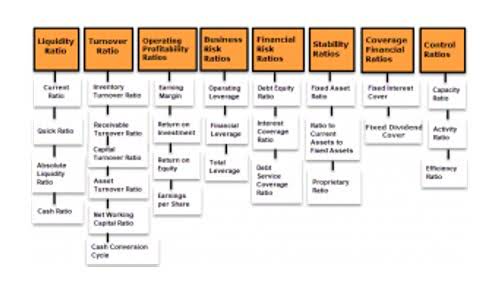Content
- Example of how to use the asset turnover ratio
- What is the Total Asset Turnover Ratio?
- Example of asset turnover ratio
- Using the Asset Turnover Ratio With DuPont Analysis
- Asset Turnover vs. Fixed Asset Turnover Ratio
- How to Calculate the Asset Turnover Ratio Formula?
- How Can a Company Improve Its Asset Turnover Ratio?

The asset turnover ratio measures the efficiency of a company’s assets in generating revenue or sales. It compares the dollar amount of sales (revenues) to its total assets as an annualized percentage. Thus, to calculate the asset turnover ratio, divide net sales or revenue by the average total assets. One variation on this metric considers only a company’s fixed assets (the FAT ratio) instead of total assets. As mentioned, at the heart of the asset turnover ratio is the concept of average total assets.
Always dive deeper and determine why the asset ratio stands where it is for each company you’re analyzing. Examine the trends and how the company compares to other companies in the industry. Calculating return on assets, for example, may help an investor better understand the value asset turnover from a profitability perspective. Additionally, using asset turnover as part of a DuPont analysis that calculates return on equity could provide additional insights into how a company generates profits for shareholders. The asset turnover ratio doesn’t tell you everything you need to know about a company. Importantly, its focus on net sales means that it eschews the profitability of those sales.
Example of how to use the asset turnover ratio
Knowing how to calculate asset turnover and how to use it to identify companies with competitive advantages can help uncover good investment opportunities. At its core, asset turnover asset turnover ratio example is a measure of how well management does at efficiently using its capital. That’s why it’s important to compare asset turnover between companies in the same industry.
Management can attempt to make a company’s efficiency seem better on paper than it actually is by selling off assets. Companies with strong asset turnover ratios can still lose money because the amount of sales generated by fixed assets speak nothing of the company’s ability to generate solid profits or healthy cash flow. The fixed asset ratio only looks at net sales and fixed assets; company-wide expenses are not factored into the equation. In addition, there are differences in the cashflow between when net sales are collected and when fixed assets are invested in. Manufacturing companies often favor the fixed asset turnover ratio over the asset turnover ratio because they want to get the best sense in how their capital investments are performing. Companies with fewer fixed assets such as a retailer may be less interested in the FAT compared to how other assets such as inventory are being utilized.
What is the Total Asset Turnover Ratio?
The ratio measures the ability of an organization to efficiently produce sales, and is typically used by third parties to evaluate the operations of a business. Ideally, a company with a high total asset turnover ratio can operate with fewer assets than a less efficient competitor, and so requires less debt and equity to operate. Most companies calculate the asset turnover ratio on an annual basis, using balance sheets from the beginning and end of the fiscal year. The ratio can be calculated by dividing gross revenue by the average of total assets.
He is a CFA charterholder as well as holding FINRA Series 7, 55 & 63 licenses. He currently researches and teaches economic sociology and the social studies of finance at the Hebrew University in Jerusalem. Be sure to check out our collection of financial calculators, as well as our blog for tips and tools to help you in your financial analysis. None of us could even think about starting a competitor of Verizon because of the investment it would require to build out the assets in order to operate.







